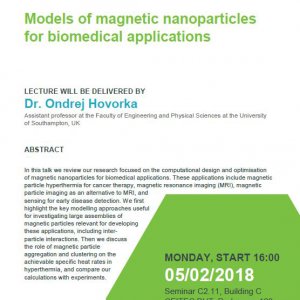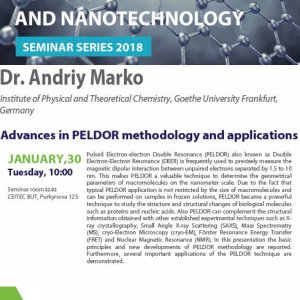Research areas
-
Comparative molecular cytogenetics and genetics of reproduction
Main objectives
-
To obtain novel information on chromosomal rearrangements that have taken place during the process of evolution in the family Bovidae and Equidae by using comparative FISH.
-
Determination of associations between the frequencies of chromosomally abnormal sperm, semen parameters and the reproductive outcome of the carriers of chromosomal translocations.
-
Meiotic process including homologous synapsis, and frequency and distribution of recombination events will be studied on pachytene spermatocytes in animal models to elucidate the progress of meiosis in individuals with normal or abnormal karyotypes.
Content of research
Comparative cytogenomics and the genetics of reproduction
The conservation of selected chromosome regions in different species of Equidae and Bovidae will be analysed. Changes in chromosome sizes and morphology are characteristic of the evolutionary process. Different karyotypes are usually detected even among closely related species. Many pathways have been described by which chromosomes and whole genomes change during evolution. The objectives are to obtain novel information on the chromosomal rearrangements that have taken place during the process of evolution in the Bovidae and Equidae families by using comparative FISH with painting and BAC probes to provide further insights into the evolution of the karyotypes in these families. Whole chromosome and region-specific painting probes will be prepared by laser microdissection, flow-sorting and DOP PCR. On the basis of the homologies and cross hybridisations of these sequences within the various subfamilies, phylogenetic associations between the investigated species will be specified.
Meiotic cell division is a complex process including recombination and equal distribution of chromosomes into gametes. The objective of this work package is to obtain information on the similarities and differences in the meiotic behaviour of chromosomes which are separate in one and fused in other related species of the Bovidae family using immunofluorescence and FISH methods. Special attention will be paid to the synapsis and recombination of sex chromosomes, especially in those species, where the fusion of one or both sex chromosomes with some autosome occurred during karyotypic evolution. The functional isolation of the autosomal and the ancestral sexual segment by intercalary heterochromatic block is necessary for the proper progression of meiosis in X-autosome translocated species. Pachytene spermatocytes from testicular samples obtained from captive-bred animals belonging to species of the Bovidae family will be analysed using immunofluorescence and FISH methods. The results obtained in species with related karyotypes will be compared. We have tests of the following species for the study: Aepyceros melampus, Kobus megaceros, Gazella dama ruficollis, Oryx gazella, Gazella leptoceros, Connochaetes taurinus taurinus, Connochaetes gnou, Hippotragus niger, Tragelaphus imberbis and Taurotragus derbianus.
The primary cause of decreased reproductive potential in carriers of translocation is incorrect meiotic segregation of chromosomal pairs included in translocation, which form a trivalent in Robertsonian translocations or quadrivalent in reciprocal translocations during the first meiotic division. Our aim is to obtain and draw a general conclusion from the information on the associations between the frequencies of chromosomally abnormal sperm and semen parameters and the reproductive outcome of the carriers of balanced translocations. The anticipated achievements will be novel information on the relationships between the frequency of chromosomally aberrant spermatozoa, the quality of spermatogenesis and the entire reproductive potential of males who are carriers of translocations. Fluorescence in situ hybridisation will be used for the investigation of meiotic segregation of normal and translocated chromosomes and the interchromosomal effect. Samples will be continuously examined by sperm analysis, FISH method and flow cytometry.
PLANNED RESEARCH INFRASTRUCTURE
Technology Units
Advance microscopic study of mammalian chromosomes
CURRENT RESEARCH INFRASTRUCTURE
The research group has a 10-year experience with the use of microdissection and includes leading experts in this technology. Department of Genetics and Reproduction of the Veterinary Research Institute is equipped with the necessary instruments and devices for cell culture, FISH and the follow-up molecular-biological methods. The staff of the department is experienced in preparation of DNA probes for FISH on chromosomes of various species of the Bovidae and Equidae as well as in isolation of chromosome-specific centromeric repeats and germ cell analysis.









